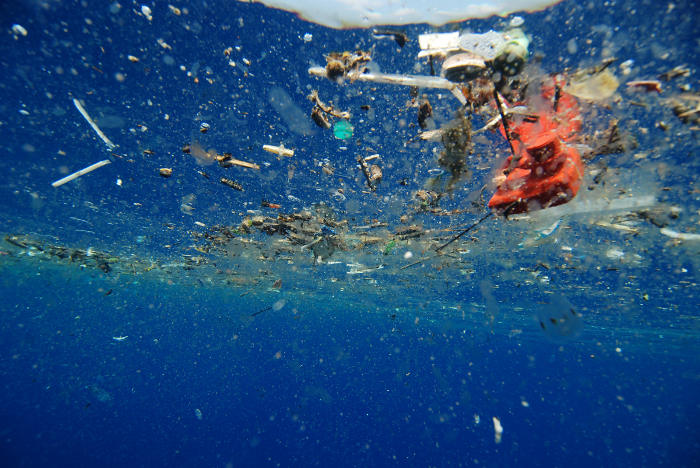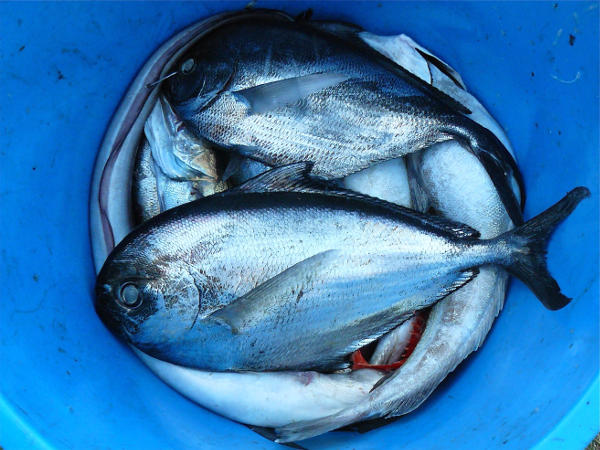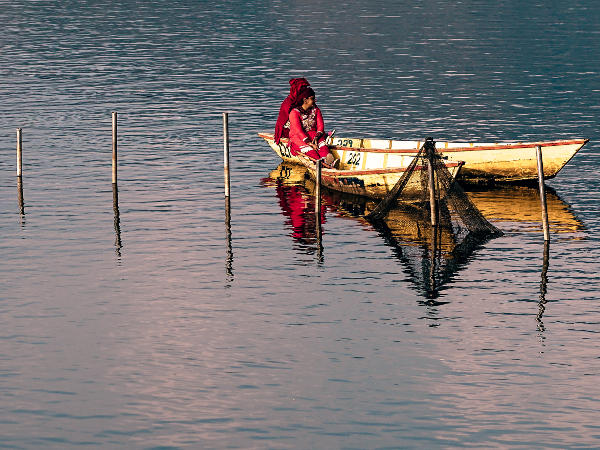What are the facts?
50% of all plastic produced is single-use. And then? We throw it away.
Single-use plastic is the plastic that we throw away without even wondering about where it goes: all kinds of packaging, bags, bottles, cling film, plates, cutlery, cups, razors, lighters, etc. And it makes up 50% of all the plastic produced in the world (18).
The world’s plastic production is growing constantly. We have reached 322 million tonnes of plastic per year (8).
« But how can we throw something indestructible away? » – Tanya Streeter (13)

We recycle 9% of all plastic. The rest? It mostly goes to landfill!
Plastic recycling varies by geographical area. On a worldwide scale, 9% of waste is recycled, 12% is incinerated and 79% goes to landfill or into the natural environment (11).
Plastic bottles in particular pose a major problem. Regardless of the percentage actually recycled the bottles made by the world’s 6 biggest drinks companies are only 6.6% recycled plastic. One-third of them do not plan to increase this proportion and none aims to use only recycled plastic (12). Why? Because recycled plastic is not completely transparent(!).
The equivalent of 4 billion plastic bags a day into the ocean
1,000 tonnes of plastic waste reaches the ocean every hour, with 80% coming from dry land. In short, this is equivalent to 4 billion more plastic bags or 550 million more plastic bottles going into the ocean every day. On the scale of a year, it means 8 million more tonnes of plastic polluting the oceans, and this figure will explode by 2025 (6).
And what happens to this plastic waste? Through the action of salt, waves and ultraviolet light, plastic waste breaks down into so-called secondary microplastic, which drifts and sinks in the oceans. Primary microplastics (small particles directly released into the environment, such as cosmetic microbeads or tyre rubber for example) account for between 15% and 30% of microplastics. (7)
The problem? Microplastic enters our food chain.

« Plastic is indeed on the menu » – HRH Prince Charles (26)
Plastic pollution in the ocean. What does that have to do with us?
un océan de PLASTIQUE
un océan de PLASTIQUE is a non-scientific information website that sets out the main issues with plastic in the ocean.



